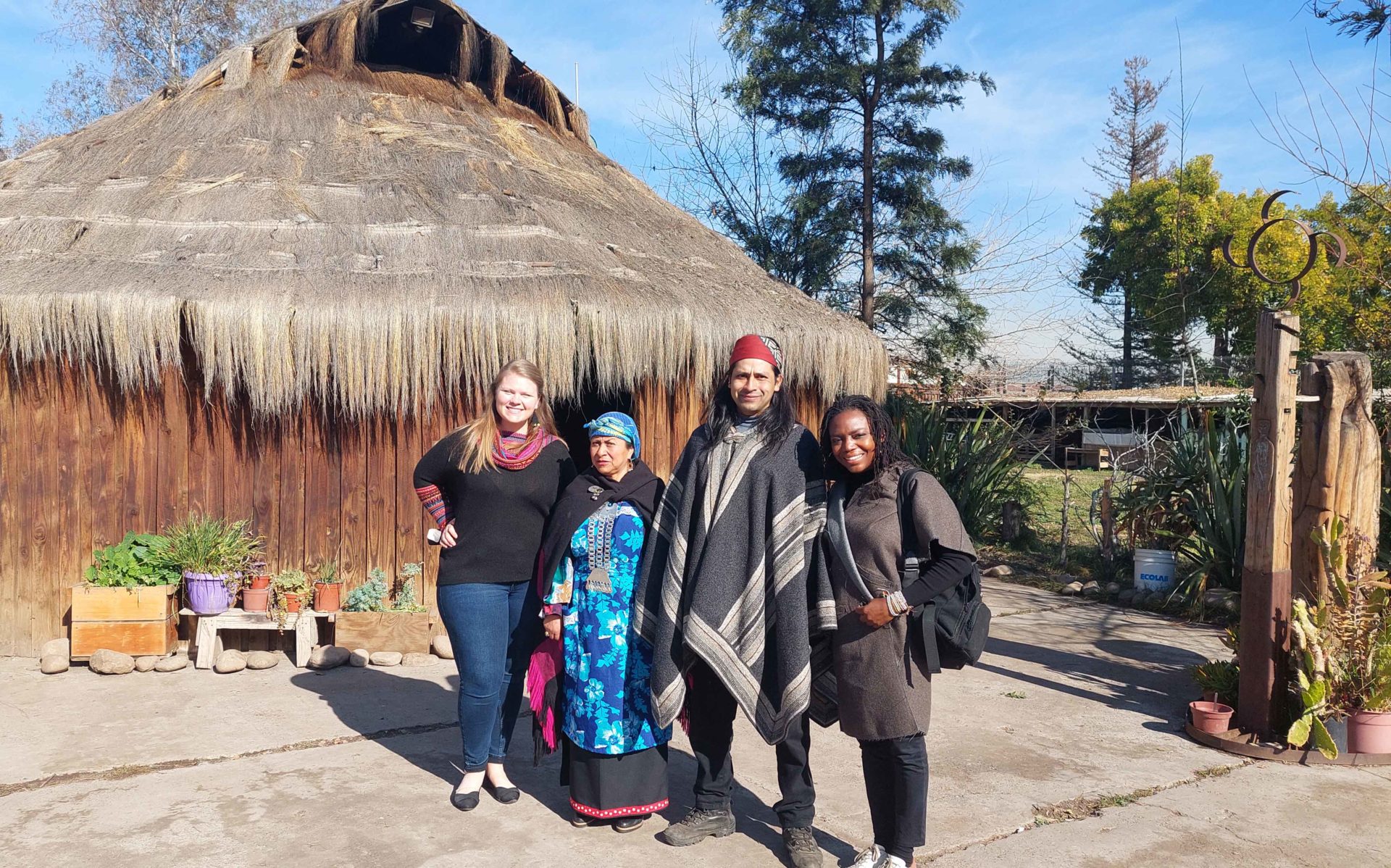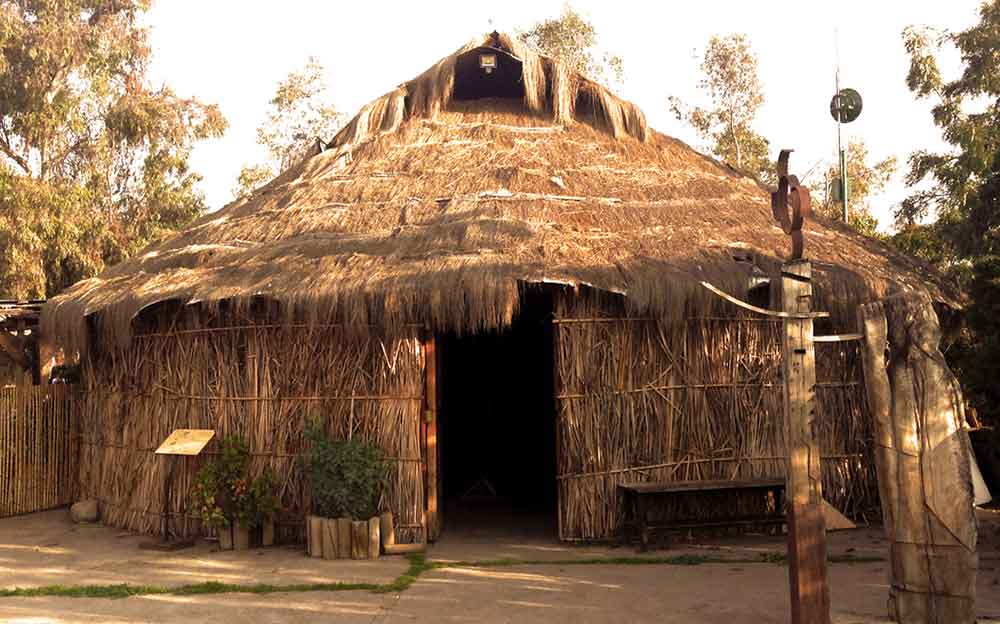Come discover the rich Mapuche culture without leaving Santiago!
Visit the Ruka Kiñe Pu Liwen Mapuche Ceremonial Center in La Pintana.
You will be greeted by members of the Ruka Kiñe Pu Liwen Mapuche Community with a Welcome Ceremony in a traditional Nguillatuwe (ceremonial pavillion). This will be followed by a Nütrakaim, a conversation with members of the Mapuche community about the Mapuche culture. The visit will end with a Mizawün (sharing of Mapuche foods). The duration of the visit is approximately 2 hours.
If you are interested in this activity, please scroll down and complete the form.

















